List Assaying Reagents
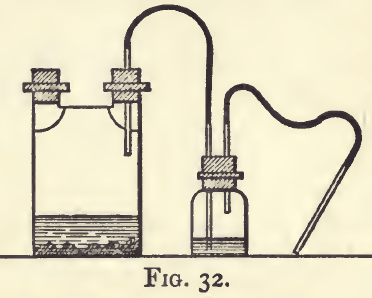
Acetic Acid, HAc or C2H4O2. (sp. gr. 1.044, containing 33 per cent, real acid).—An organic acid, forming a class of salts, acetates, which are for the most part soluble in water, and which, on ignition, leave the oxide or carbonate of the metal. It is almost always used in those cases where mineral acids are […]
Assaying Mercury Determination Method

Mercury occurs native and, occasionally, alloyed with gold or silver in natural amalgams; but its chief ore is the sulphide, cinnabar. It is comparatively rare, being mined for only in a few districts. It is chiefly used in the extraction of gold and silver from their ores (amalgamation); for silvering mirrors, &c. Mercury forms two […]
Meehanite Metal

Meehanite is the copyrighted trade name for a uniform, closely controlled iron cast to rigid physical properties. The Mine and Smelter Supply Company pioneered the use of Meehanite as applied to grinding mill construction. Because of the uniformity of properties and assurance of manufacture according to engineering specifications, Meehanite metal has been selected for use […]
Principles of Mineral Dressing by A. M. Gaudin
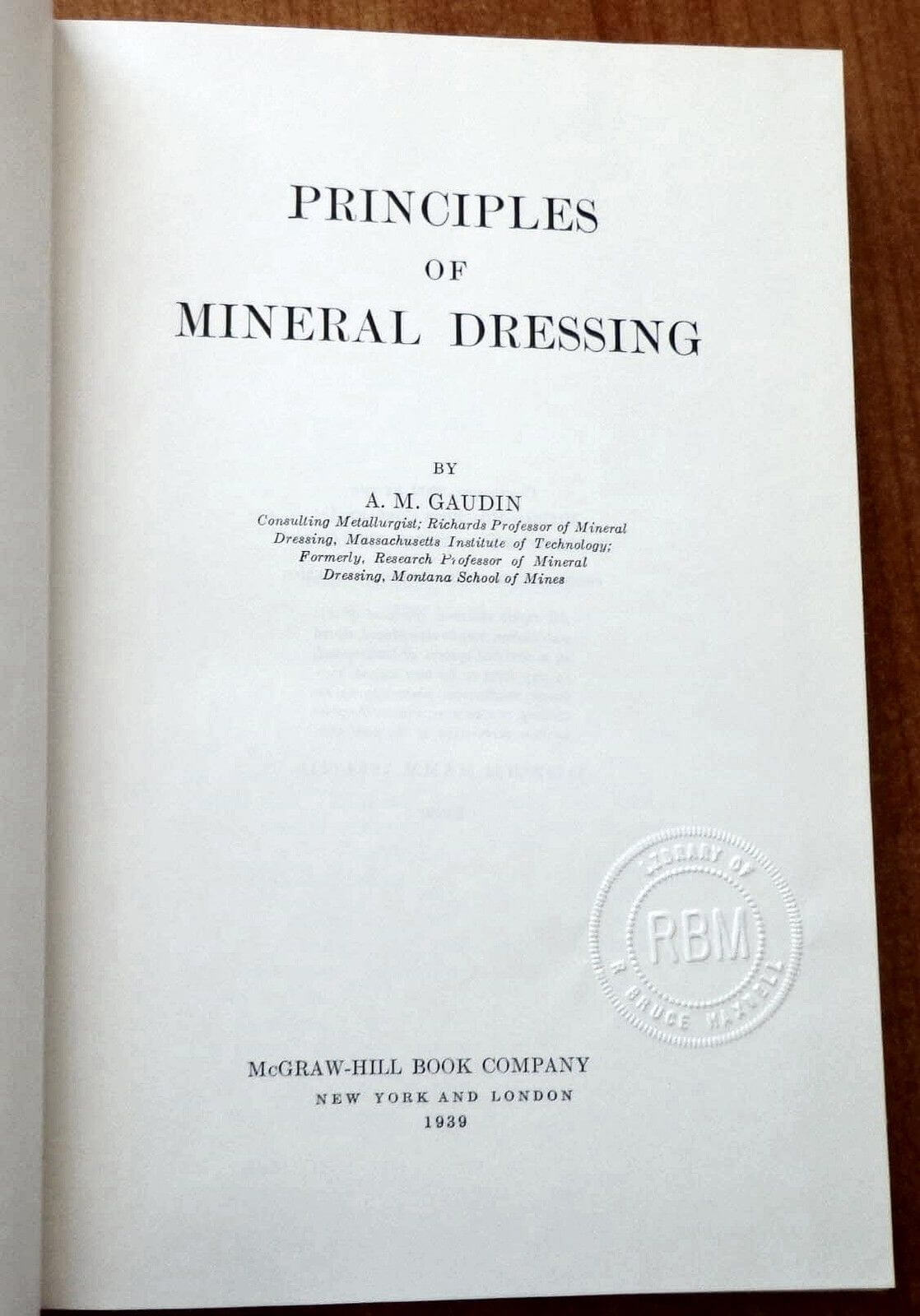
Start following 911Metallurgy’s Linkedin page to get a free (my used) copy of: Principles of Mineral Dressing by A. M. Gaudin I will select a winner from All the Company’s Followers on OCTOBER 28th 2016 and announce the winner on 911Metallurgy’s Linkedin page CLICK BELOW ON FOLLOW Contact via Linkedin will be attempted with the winner […]
Handbook of Ore Dressing by Arthur Taggart
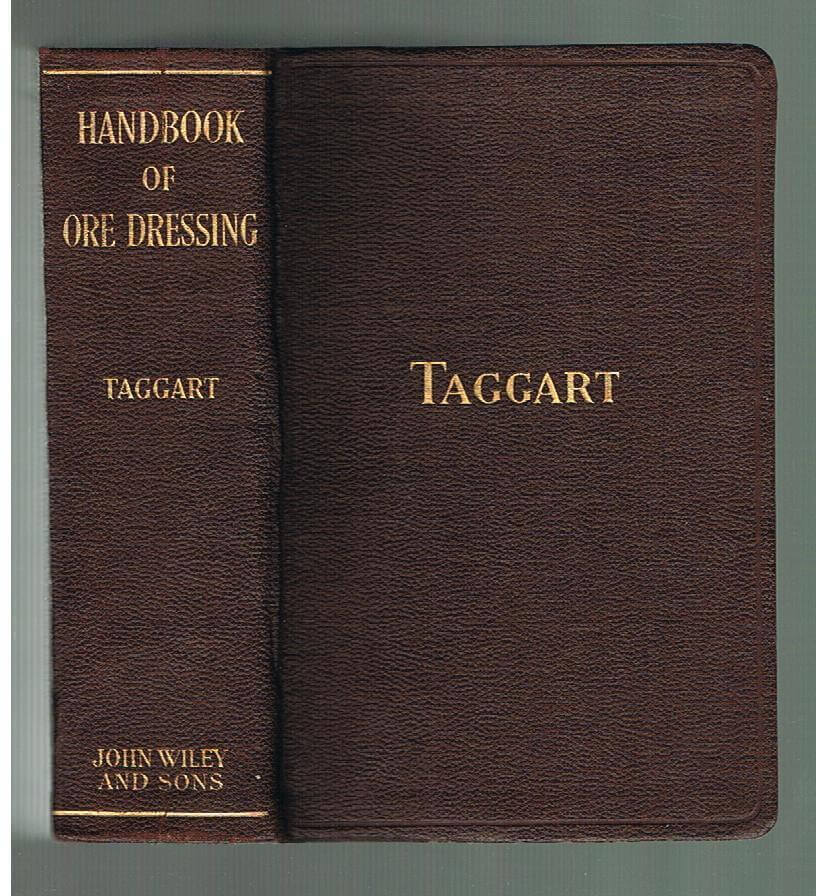
Start following 911Metallurgy’s Linkedin page to get a free (my used) copy of: Handbook of Ore Dressing by Arthur Taggart I will select a winner from All the Company’s Followers on Noverber 9th 2016 and announce the winner on 911Metallurgy’s Linkedin page CLICK BELOW ON FOLLOW Contact via Linkedin will be attempted with the winner and […]
Furnace VS Kiln: Definition and Difference

Understanding the difference between a kiln and a furnace is not so hard, once you know their true definitions. A kiln is usually charged (filled with stuff), then heated to fuse the stuff, then cooled, and the stuff removed. A furnace is usually heated first, then charged, then the stuff removed, and the furnace eventually […]
Mercury Mineral Group
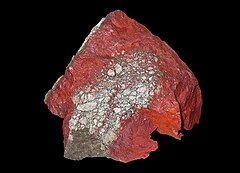
If heated in a glass tube together with carbonate of soda, mercury compounds yield a sublimate of mercury on the cold part of the tube. Native Mercury Is sometimes found as fluid globules of a tin-white colour. S.G-.—13·6. Is volatile before the B.F., and easily dissolves in nitric acid. Cinnabar (sulphide of mercury) This is […]
Treatment of Gold Precipitate Containing Copper
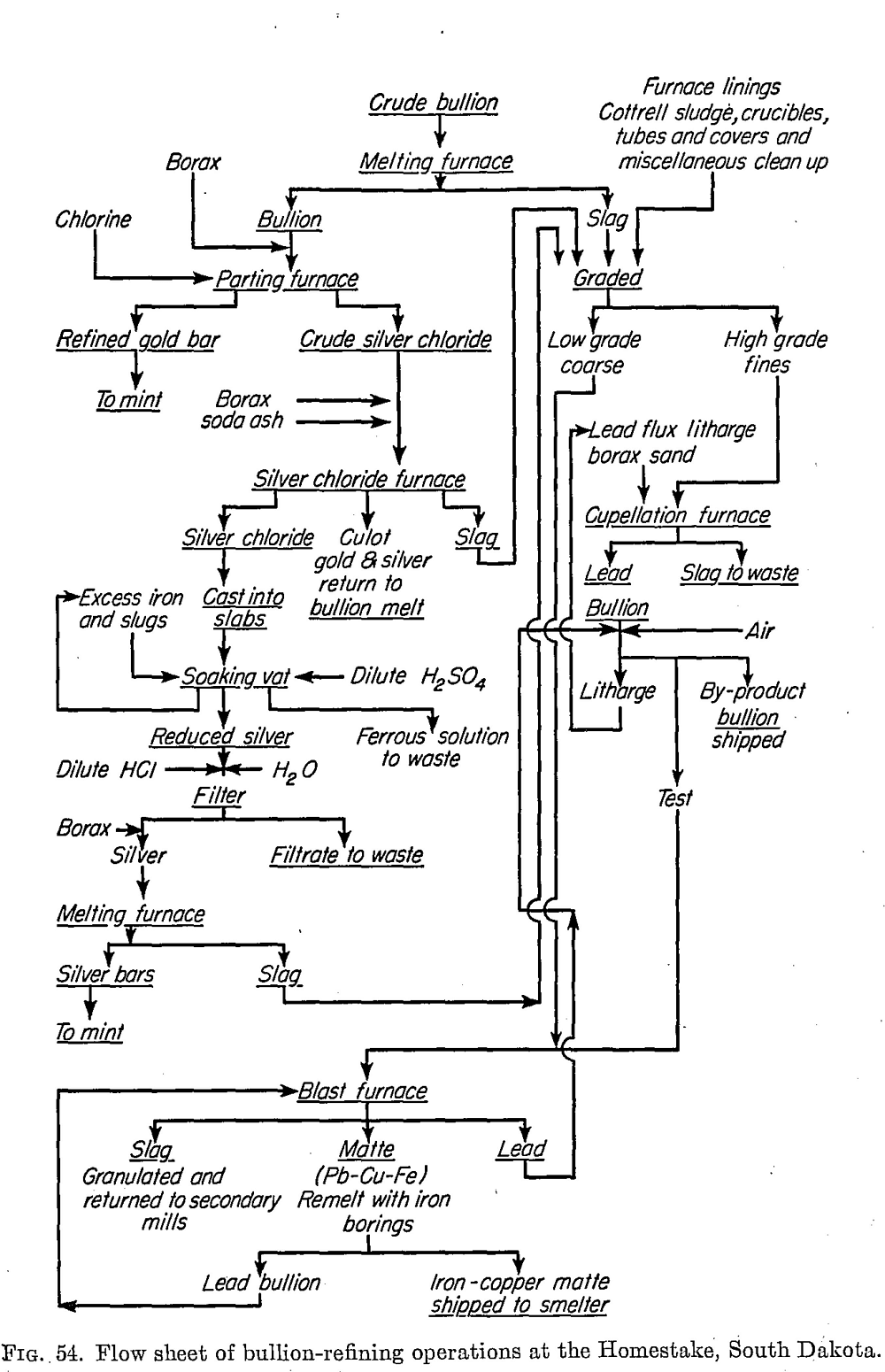
A paper with this title by Norman Hedley and J. J. Kress, Trans. 48, CJ.M. and M.,252-258, 1945, describes a method evolved at the Ore Dressing Laboratory of the American Cyanamid Company for treating gold precipitates containing copper. This comprises treating the precipitates with acidified ferric sulphate, followed by precipitation of the dissolved copper and any […]
Tailings Pond Water Balance
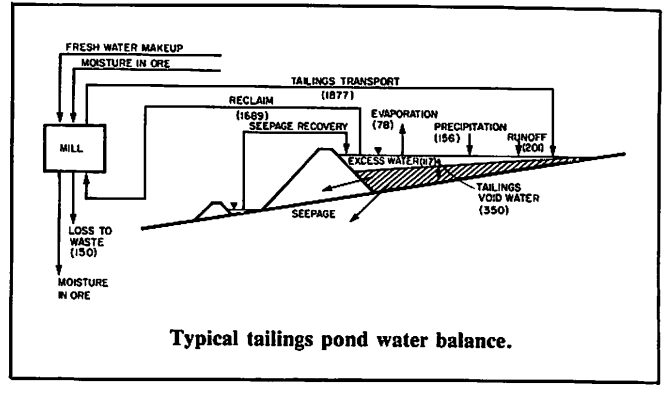
Water systems in modern mines are complex and an understanding of the tailings pond and plant water balance is necessary. Control of the water balance can avoid problems such as operating losses from water shortages or hazardous releases as a result of a water surplus. Here is a schematic of a typical water balance. By regularly monitoring the various components […]
Refractory Gold Ore Treatment Methods
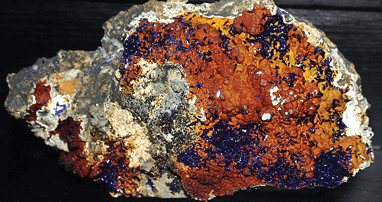
Where gold is associated with arsenic, antimony, tellurium, and certain other minerals, it is often only partly soluble in cyanide solution. The difficulty is usually more of a physical than a chemical one but special methods of treatment may be required. Gold Leaching & Processing of Arsenic Ore Mispickel (Arsenopyrite: FeAsS).6 When this mineral occurs‘in […]
